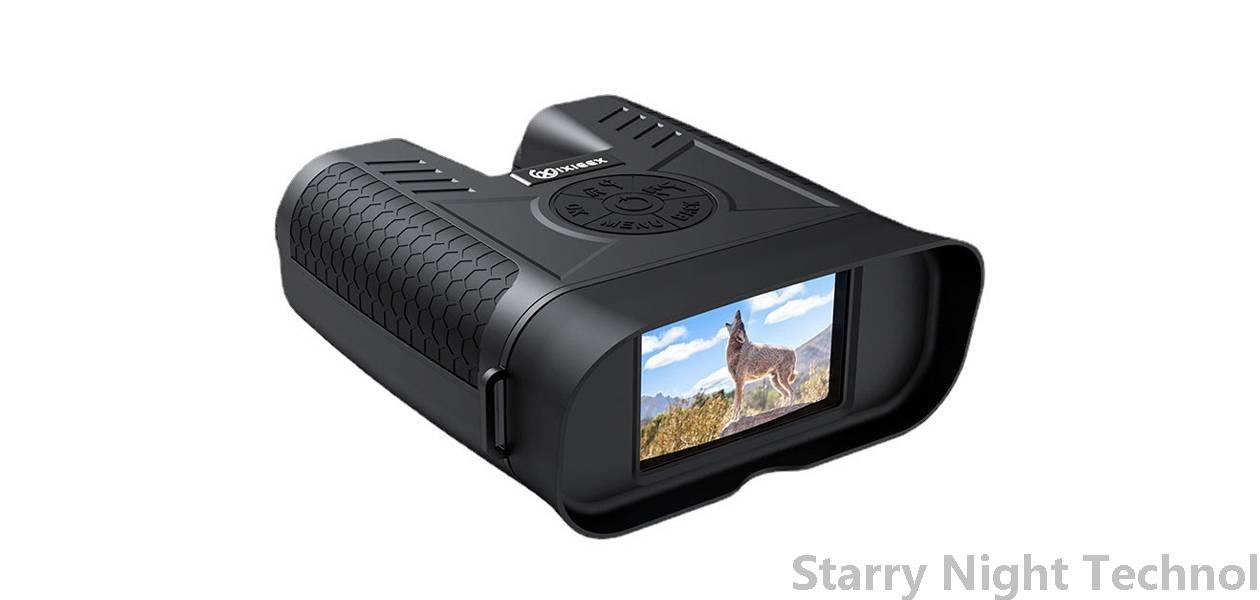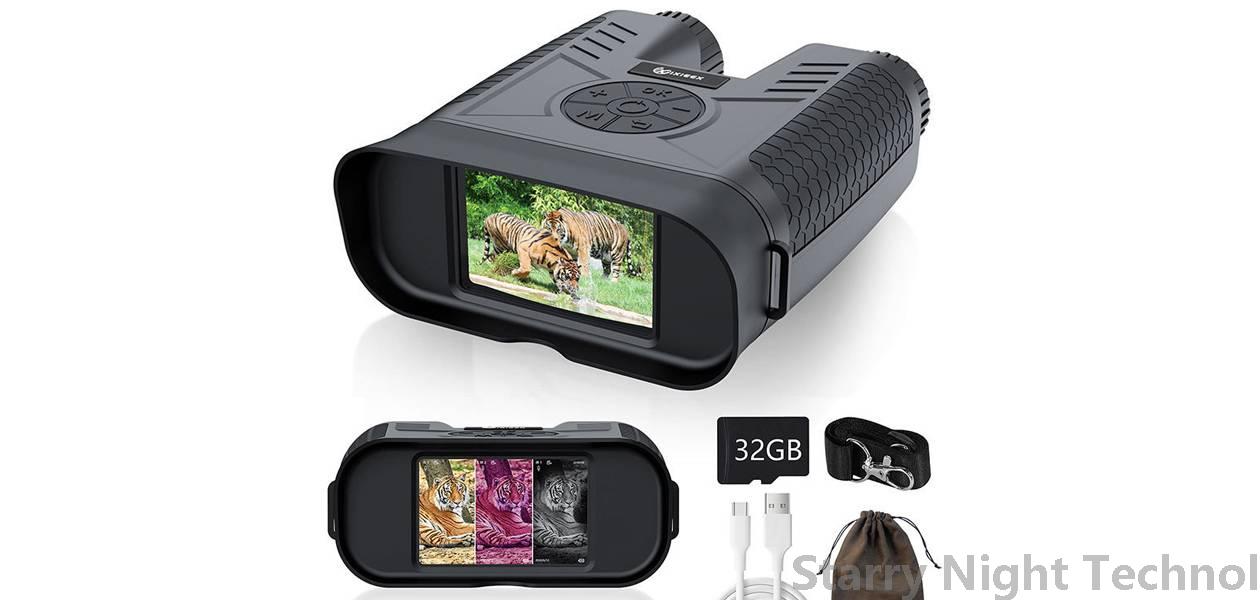Night Vision Technology in Border Security
1757314816000

In an era marked by evolving border security challenges, night vision technology has emerged as a critical component for enhancing surveillance capabilities. The application of night vision in the realm of border security not only aids in detecting illegal activities such as smuggling and human trafficking but also helps maintain national sovereignty and safety. As countries worldwide grapple with heightened security concerns, innovative technologies are bridging the gap between effectiveness and efficiency in border management.
#### The Evolution of Night Vision Technology
Night vision technology traces its roots back to World War II when early infrared devices were employed to enhance soldiers' visibility at night. Over the years, advancements in optics, electronics, and materials science have culminated in sophisticated night vision systems that far surpass their predecessors. Today’s night vision equipment typically utilizes image intensifiers or thermal imaging sensors to provide clarity and detail in low-light conditions.
1. **Image Intensification**: This method amplifies available light (including near-infrared) to produce bright, high-contrast images even under starlit skies or moonlight. It involves capturing photons from ambient light sources and converting them into electrons, which are then amplified before being projected onto a phosphorescent screen.
2. **Thermal Imaging**: Thermal cameras detect heat emitted by objects rather than relying on visible light. These systems can visualize warm bodies against colder backgrounds, making them particularly useful for spotting individuals attempting to cross borders stealthily.
The development of lighter, more portable devices has enabled border patrol agents to operate effectively during nighttime operations, significantly increasing their capability to secure territories.
#### Applications in Border Security
The deployment of night vision technology along international borders has proven instrumental for various applications:
##### 1. **Surveillance and Reconnaissance**
Effective border control relies heavily on real-time intelligence and situational awareness. Night vision-equipped drones and surveillance cameras allow agencies to monitor vast swathes of land after dark, where traditional methods may fall short. These aerial platforms, equipped with advanced sensor suites, can cover remote areas often exploitation potential threats. Moreover, ground patrol units armed with hand-held night vision devices improve their situational awareness while executing their missions covertly.
##### 2. **Detection of Illicit Activities**
From drug smuggling to human trafficking, illicit activities are rampant at many borders. Night vision technology enables security personnel to detect suspicious movements and behaviors invisible in daylight. For example, infrared camera systems deployed in sensitive areas can pick up the distinct heat signatures of person-sized figures trying to evade detection. Paired with alert response teams, these systems ensure rapid intervention against criminal activities, thus fostering deterrence.
 In emergencies, every second counts. Night vision tools become invaluable assets during search-and-rescue missions carried out in difficult-to-access terrains. Search teams can swiftly locate missing persons or respond to distress signals—whether they emanate from victims stranded across harsh landscapes or undocumented migrants in perilous situations. Facilitating effective communication and coordination ensures that once identified, aid reaches those in need promptly.
In emergencies, every second counts. Night vision tools become invaluable assets during search-and-rescue missions carried out in difficult-to-access terrains. Search teams can swiftly locate missing persons or respond to distress signals—whether they emanate from victims stranded across harsh landscapes or undocumented migrants in perilous situations. Facilitating effective communication and coordination ensures that once identified, aid reaches those in need promptly.##### 4. **Interagency Collaboration**
Cross-border policing necessitates collaboration among different agencies, including customs, immigration, and law enforcement. Night vision enhances joint training exercises by ensuring all parties can coordinate effectively - regardless of whether their operations occur at twilight or during fully night hours. Unified use of tech facilitates inter-agency information sharing, enabling timely responses to emerging threats.
#### Challenges and Considerations
Despite its advantages, the integration of night vision technology into border security is not without challenges. Costs associated with procuring cutting-edge night vision gear can strain budgets, especially in developing nations. Additionally, operational user proficiency is paramount; inadequate training can lead to mishandling or malfunctions resulting in failures to address security breaches.
Moreover, ethical considerations loom large when utilizing surveillance technologies. Privacy rights can be jeopardized if oversight regulations do not evolve alongside technological improvements. A balance must be found between securing borders and respecting individual freedoms—a task challenging in today’s complex political environments.
#### Future Trends
As we move forward, expecting further progress in night vision technology is pragmatic. Upcoming developments may include enhanced thermal sensitivity, smart capabilities driven by artificial intelligence, automatic target recognition features, and modular designs facilitating easy upgrades. Open-source software solutions can foster collaboration amongst governments while optimizing data processing from multiple channels to inform decision-making.
Additionally, partnerships between tech startups and governmental entities could accelerate innovation cycles. Such joined efforts will likely mean cost reductions, increased accessibility, and improved adaptability of advanced night vision hardware tailored specifically for disparate operational needs.
#### Conclusion
Night vision technology plays a pivotal role in modern border security efforts, addressing old problems with contemporary solutions. Its capacity to augment surveillance, enhance responsiveness, bolster inter-agency cooperation, and facilitate humanitarian missions marks it as an indispensable asset. Nevertheless, while leveraging this powerful tool, stakeholders must navigate the intricate web entwined with ethics, logistics, and funding to design a balanced approach that protects both citizens and rights alike.
With the growing complexity of global migration patterns and transnational crime routes, proficiently deploying night vision technology will shape how nations protect borders while promoting safe, orderly, and humane movement across boundaries.
What to buy for night vision device accessoriesStarry Night Technol

